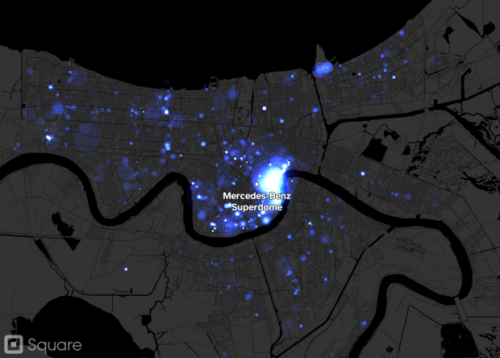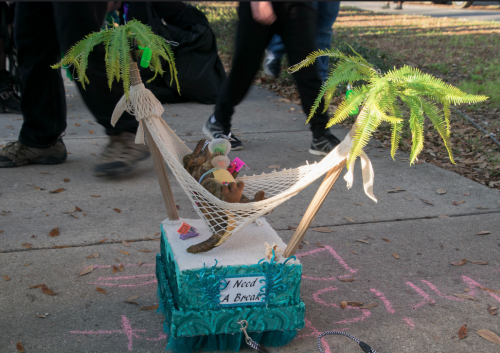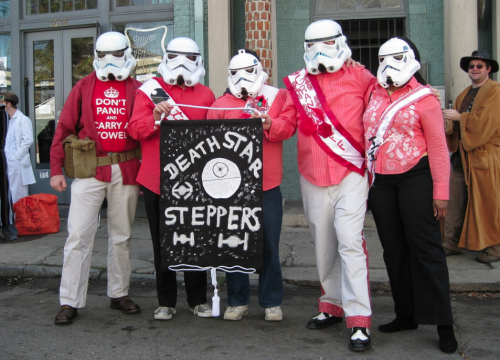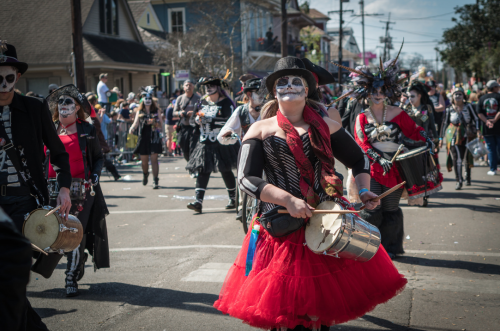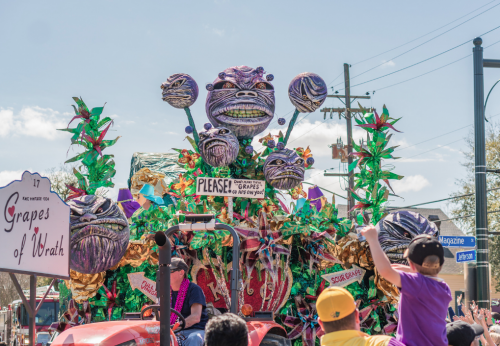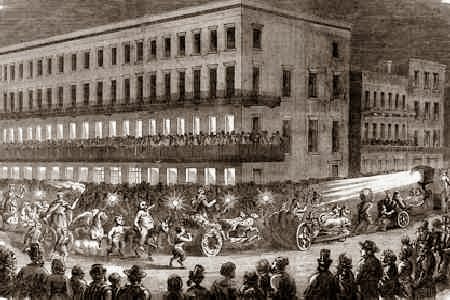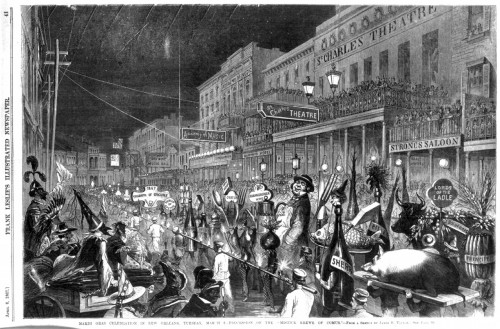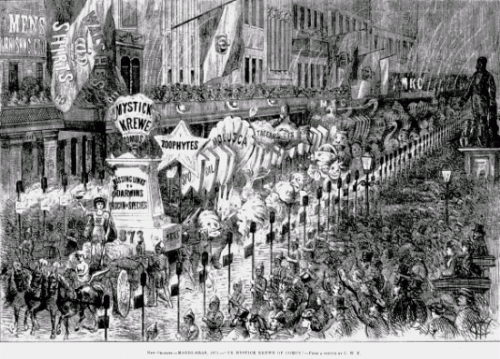Sometimes the sexy goes too far. These are some of those times.
Sexy pizza rat (Yandy):
Sexy Cecil the Lion (Yandy):

Sexy Donald Trump (Yandy):

Sexy Rosie the Riveter (Party City):

Sexy Frankenstein (Yandy):

Sexy infant (Yandy):

Sexy Charlie Brown (Yandy):

For more Sexy What!?, see our past posts featuring Sexy Chinese Take-Out, Sexy Yoda, and Sexy Chuckie.
Lisa Wade, PhD is an Associate Professor at Tulane University. She is the author of American Hookup, a book about college sexual culture; a textbook about gender; and a forthcoming introductory text: Terrible Magnificent Sociology. You can follow her on Twitter and Instagram.




